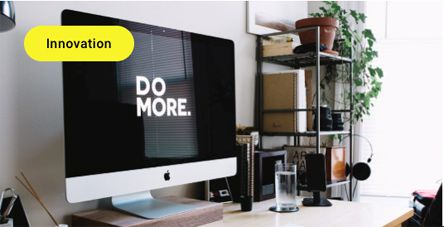Digital marketing during a pandemic

Of course, some cancellations are unavoidable with imposed travel bans kicking-off this week and mass gatherings prohibited. Brands are at the top of the marketing food chain and thus set the general mood. They need to remain calm and carry on with ‘business unusual’. Things need to be done differently but what’s key is that things are still done. Those who do will find opportunities and grow market share. Those that don’t will miss out.
Location for intent
Traditionally, marketers use location data and targeting to drive foot traffic. A consumer is close to a store, they’re targeted with an offer, which usually drives them in-store. Now with said consumer being more at home than out and about, marketers need to apply the above-mentioned business unusual thinking.
Take Checkers Lonehill, Gauteng, for example: by using past visit data to track if the consumer was in that particular store repeatedly within the last few weeks, we can use location to determine intent. The consumer has intent to shop at that store. Mobile ads, specific to the Lonehill branch, can be served to the same consumer while they’re at home. Using data to take the store to the consumer. And with a delivery or e-commerce call-to-action, brands and marketers can further tailor their communication to the situation.
Think outside the geofence
Students or business travelers are a key demographic for many marketers, who under normal circumstances, are easy to communicate with. Buy some campus or airport signage and off you go. Today, it’s not so simple. Or could it be?
The problem presents an opportunity for strategy refinement. By harnessing first party location data you can laser target these demographics based on their past location habits and behaviour. It’s about using the data outside of the traditional geofence.
More mobile than ever
The world may be practicing ‘social distancing’ physically but more than ever we’re using mobile to remain connected. Look through the panic to see the opportunity.
Media is for a limited time, going to be less fragmented than any time in our careers for the foreseeable future. And chances are that competitors are frozen by fear. Embrace the change and adapt quickly for share of voice.
About the author
- 10 years of local excellence: A decade of true location targeting and 1st party data 21 Oct 2024
- Real-time wins: How Vicinity Media's omnichannel solution scored Lay's a 32.4% retail boost 28 Aug 2024
- WeatherTrac unleashed: Data and location precision bring Queen Modjadji’s legendary reign to life 23 Aug 2024
- Vicinity Media: How we use DOOH in our retail solution 5 Jul 2024
- Meet the contenders: Introducing the official teams for the Vicinity Media Padel League! 18 Mar 2024
Vicinity MediaVicinity Media is Africa's first true Premium location based ad network. |